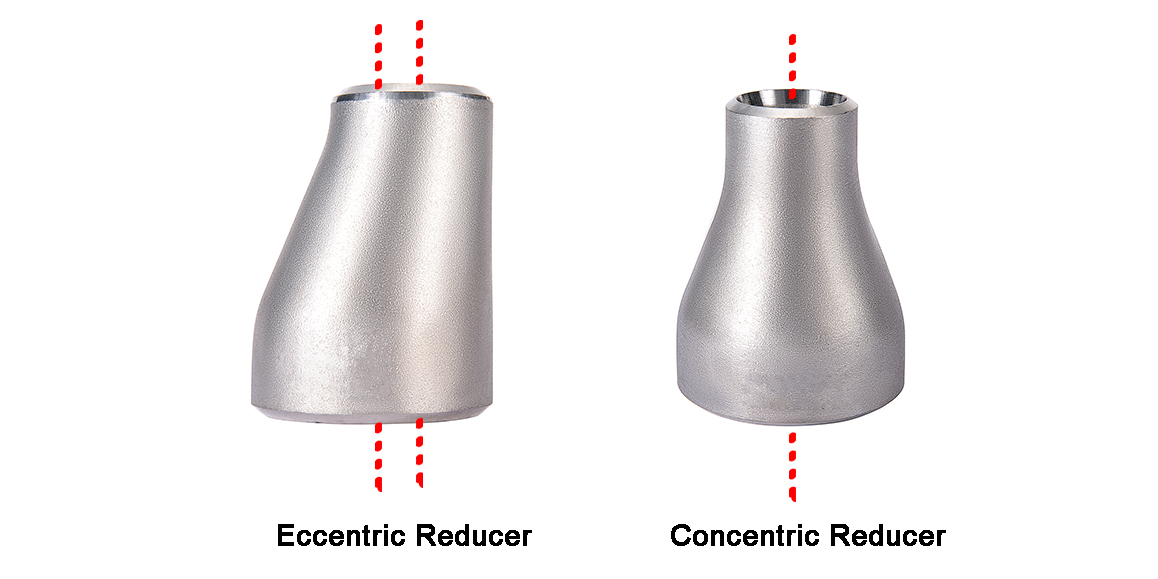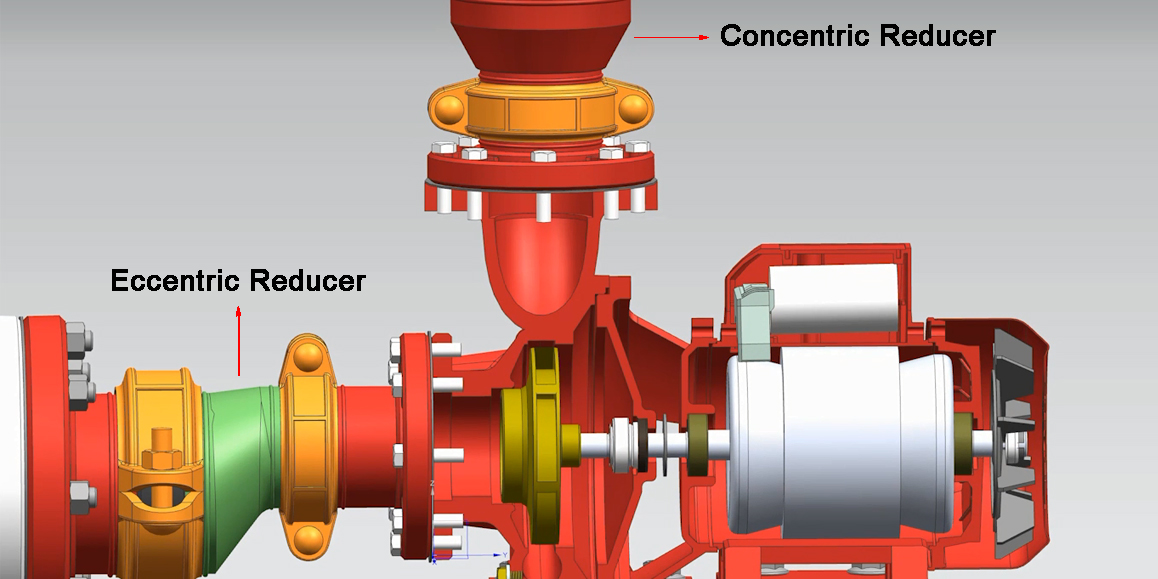Classification of stainless steel butterfly valves - Classification by connection method
Abstract: This article mainly explains that stainless steel butterfly valves can be divided into 5 types according to the connection method, which is convenient for everyone to recognize and understand stainless steel butterfly valves with different connection methods.
A. Wafer-type stainless steel butterfly valve
Wafer-type is a connection method of butterfly valves. When installing on the pipeline, you need to clamp the butterfly valve with two flanges first, and then connect it to the flange on the pipeline.
The structure of the wafer-type butterfly valve is relatively short and small, and it occupies a small space. When installing, first fix it with a special flange for the wafer-type butterfly valve, and then put the fixed wafer-type flange in the middle of the flanges at both ends of the pipeline, and fix it with bolts through the special flange for the wafer-type butterfly valve and the pipeline flange, so as to achieve the control of the fluid medium in the pipeline. The small space occupied by the wafer-type butterfly valve makes it particularly suitable for installation and use in narrow spaces or when the distance between pipelines is relatively small.
B. Flange-type stainless steel butterfly valve
The butterfly valve flange connection is a flange with flanges at both ends of the valve body, corresponding to the flange on the pipeline, and the flange is fixed by bolts and installed in the pipeline.
C. Welded stainless steel butterfly valve
The two ends of the valve body are processed into butt welding grooves according to the requirements of butt welding, corresponding to the pipeline welding grooves, and the stainless steel butterfly valve and the pipeline are connected by welding.
D. Threaded stainless steel butterfly valve
The stainless steel butterfly valve is connected to the pipeline by threading. This connection method is suitable for low-pressure and small-diameter pipeline systems.
E. Clamp-type stainless steel butterfly valve
The clamp connection of the stainless steel butterfly valve, also known as the groove connection, is a quick assembly joint composed of a spliced clamp, a C-type rubber seal and a fastener after the joint part of the flat end of the pipe or pipe fitting is processed into a circular groove.












